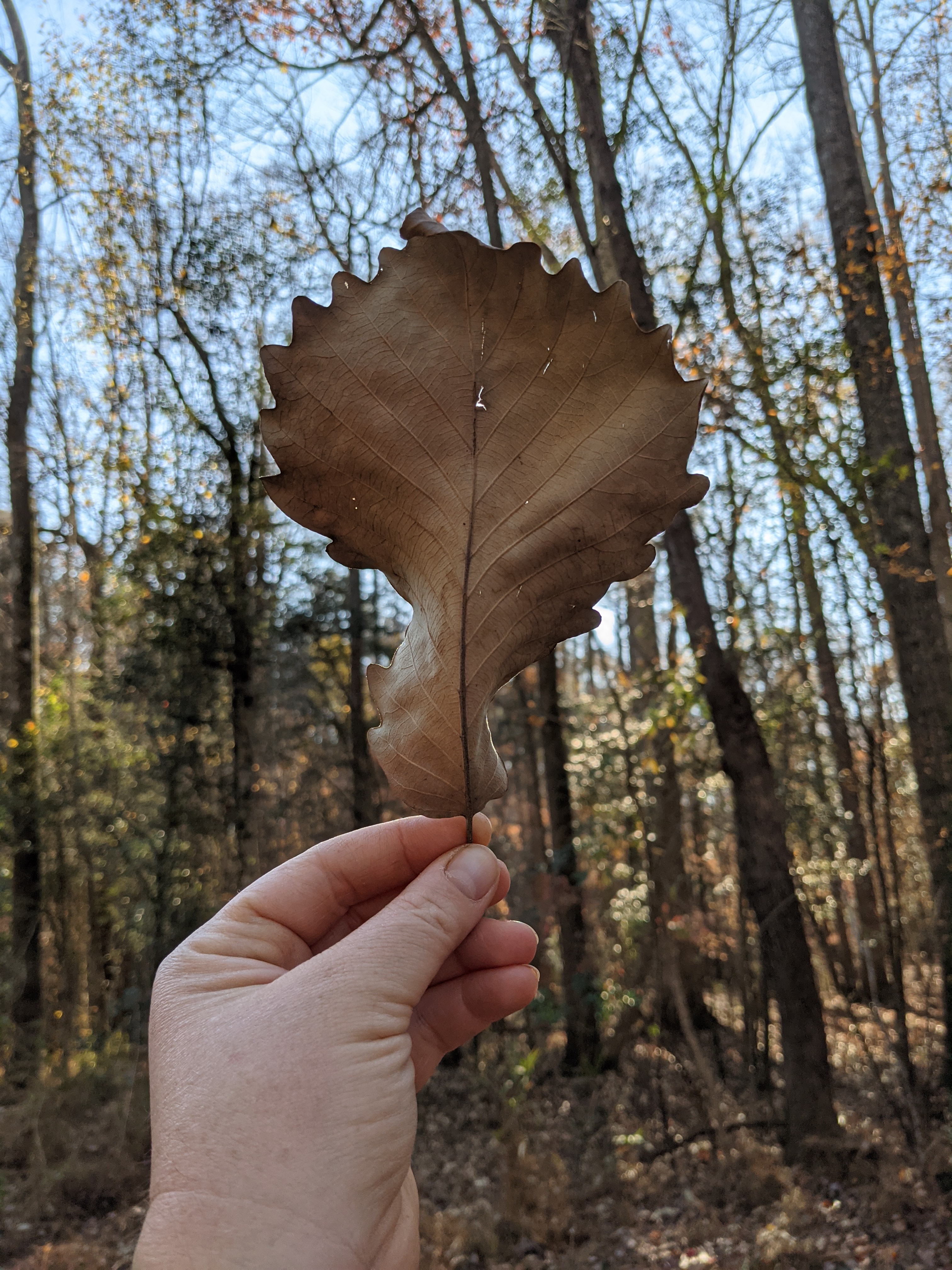Fall Gardening: Next Year’s Butterflies Are Tied to This Year’s Fall Garden Cleanup
go.ncsu.edu/readext?890997
en Español / em Português
El inglés es el idioma de control de esta página. En la medida en que haya algún conflicto entre la traducción al inglés y la traducción, el inglés prevalece.
Al hacer clic en el enlace de traducción se activa un servicio de traducción gratuito para convertir la página al español. Al igual que con cualquier traducción por Internet, la conversión no es sensible al contexto y puede que no traduzca el texto en su significado original. NC State Extension no garantiza la exactitud del texto traducido. Por favor, tenga en cuenta que algunas aplicaciones y/o servicios pueden no funcionar como se espera cuando se traducen.
Português
Inglês é o idioma de controle desta página. Na medida que haja algum conflito entre o texto original em Inglês e a tradução, o Inglês prevalece.
Ao clicar no link de tradução, um serviço gratuito de tradução será ativado para converter a página para o Português. Como em qualquer tradução pela internet, a conversão não é sensivel ao contexto e pode não ocorrer a tradução para o significado orginal. O serviço de Extensão da Carolina do Norte (NC State Extension) não garante a exatidão do texto traduzido. Por favor, observe que algumas funções ou serviços podem não funcionar como esperado após a tradução.
English
English is the controlling language of this page. To the extent there is any conflict between the English text and the translation, English controls.
Clicking on the translation link activates a free translation service to convert the page to Spanish. As with any Internet translation, the conversion is not context-sensitive and may not translate the text to its original meaning. NC State Extension does not guarantee the accuracy of the translated text. Please note that some applications and/or services may not function as expected when translated.
Collapse ▲It is shaping up to be our favorite kind of fall, with temperatures already dropping in the 40s at night. The leaves will start to fall soon, and I can already hear the backpack blowers cranking and the lawnmowers revving. That fall “clean-up” itch gardeners and land managers start to feel during the season change is hard to fight, considering it is probably the first time folks feel comfortable outside again after our rough summer.
Most people do not know their fall management practices can impact our favorite insects and pollinators next year! We’re going to talk about some quick gardening strategies to help you help your insect and arthropod neighbors sheltering in your garden. Some of these are going to seem contrary to what you’ve been taught to do or what modern aesthetics demand. The best thing to do to balance your personal garden or land management goals with these suggestions is incorporate them as you can, and consider designating part of your land to reduced management practices.
Leave the Leaves
Plants spend a lot of energy making leaves throughout the growing season. When they drop them off, they are still made of carbon and other nutrients. It is through them breaking down that these elements are returned to the soil for the plants to reincorporate elsewhere. Most people see fallen leaves and innately feel the need to rake, blow or mow them away. This need for perceived “tidiness” is challenging to plants, because their self-made fertilizer is gone, and small animals and insects that use fallen leaf litter and small twigs for food and shelter through the winter months.
Consider raking or blowing leaves into your garden beds or creating wide mulch areas around the bases of your trees (just make sure to not bury any trunks!). The  plants will benefit from the increase in organic matter and soil coverage, which can help with moisture in your soil and moderating soil temperature. If you don’t have these areas, blow them to the edges of your property or find a friend to take them for their yard.
plants will benefit from the increase in organic matter and soil coverage, which can help with moisture in your soil and moderating soil temperature. If you don’t have these areas, blow them to the edges of your property or find a friend to take them for their yard.
There are some recommendations to mow the leaves into your lawn areas to incorporate them into your turf, but this could be detrimental to animals that have already made a home there. The better thing to do is move the leaves into a corner of the yard you don’t mind leaving them.
The most important thing is do not bag those leaves! Putting leaves in plastic bags to go to the landfill is bad practice for a host of reasons, but namely that leaves are removed from the environment and there is unnecessary waste going into landfills.
Fall Perennial Cutback
The number one question I get from gardeners is “when do I cut _____ back?”. The answer to this question varies from plant to plant, but also person to person. Most plants will manage their structures through time on their own (e.g. stems will fall over and break over the winter), but this might not be the “look” gardeners are going for in their landscape. It is important to consider that these stems are critical for overwintering bees and other insects. When your perennials start looking tired, you can leave them! It is okay. If you do not want to look at them throughout the winter, it is okay to cut the stems and bundle them in a corner of your yard. The bees and insects will find them. Avoid burning or disposing of this material in the landfill.
Stump Conservation
If you lost trees during a hurricane or need to harvest wood for the winter, you probably have a stump o. Most folks think about grinding it down or burning it to “get rid of it”. Consider your animal neighbors. Stumps are the megapartments of the animal world. Many insects and small animals use stumps for food and shelter for decades as they break down. If it is possible and safe, save a stump for future animals to live in.
Share what you’ve learned!
We learn from each other. Friends and family are usually our most trusted resources. Share with your friends and neighbors about why you choose to manage your garden the way you do, and use it as a way to start conversations about how we can use best practice to help our insect and animal neighbors.
Amanda Wilkins is the Horticulture Agent for North Carolina Cooperative Extension in Lee County.




